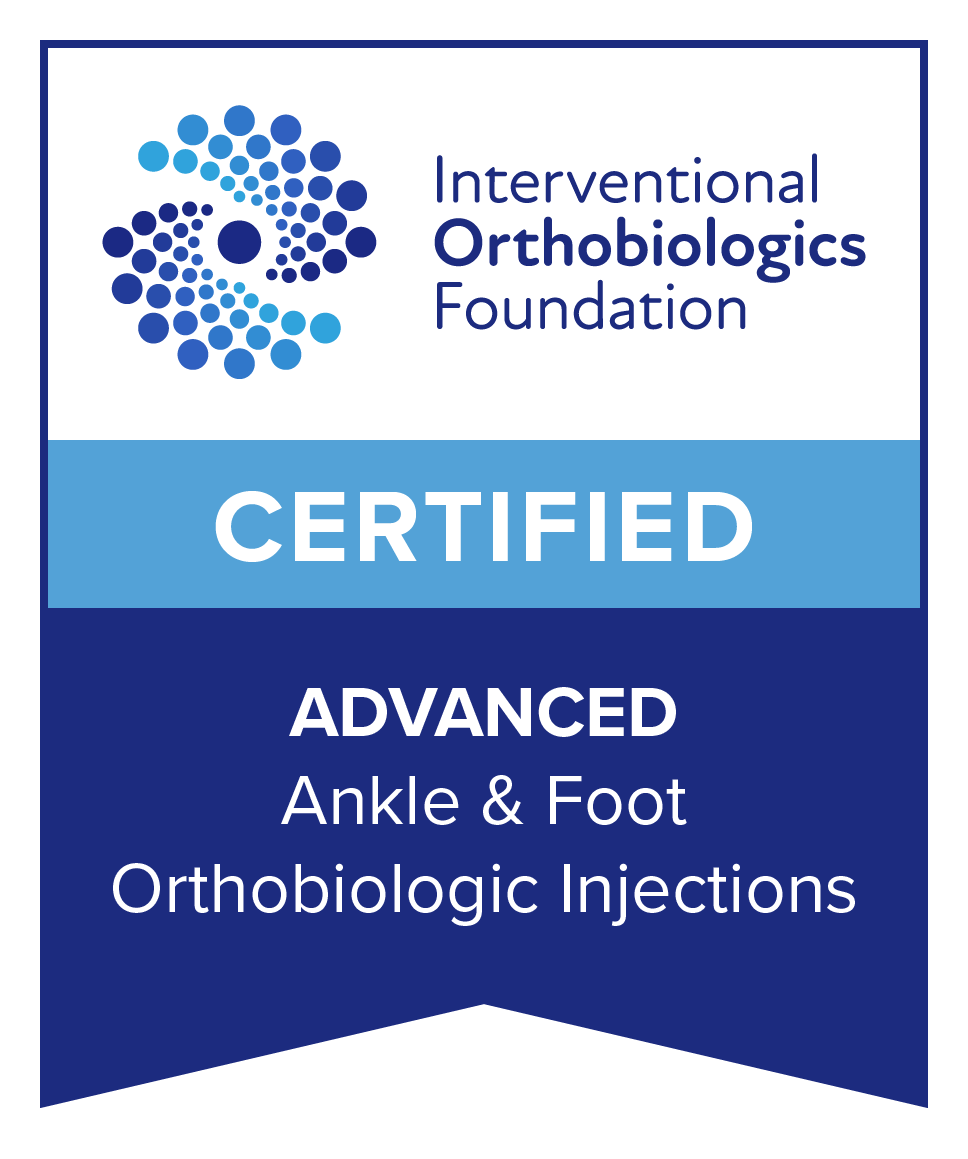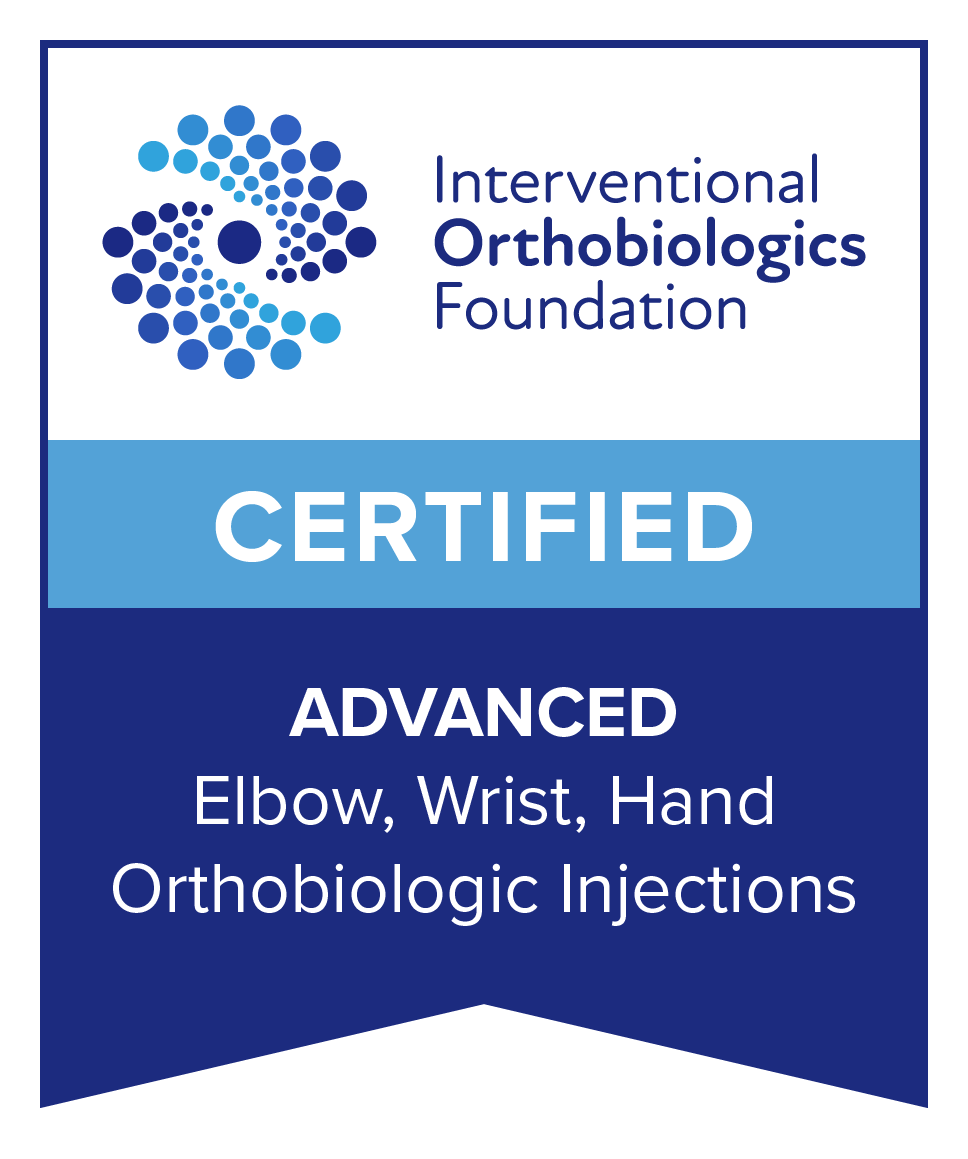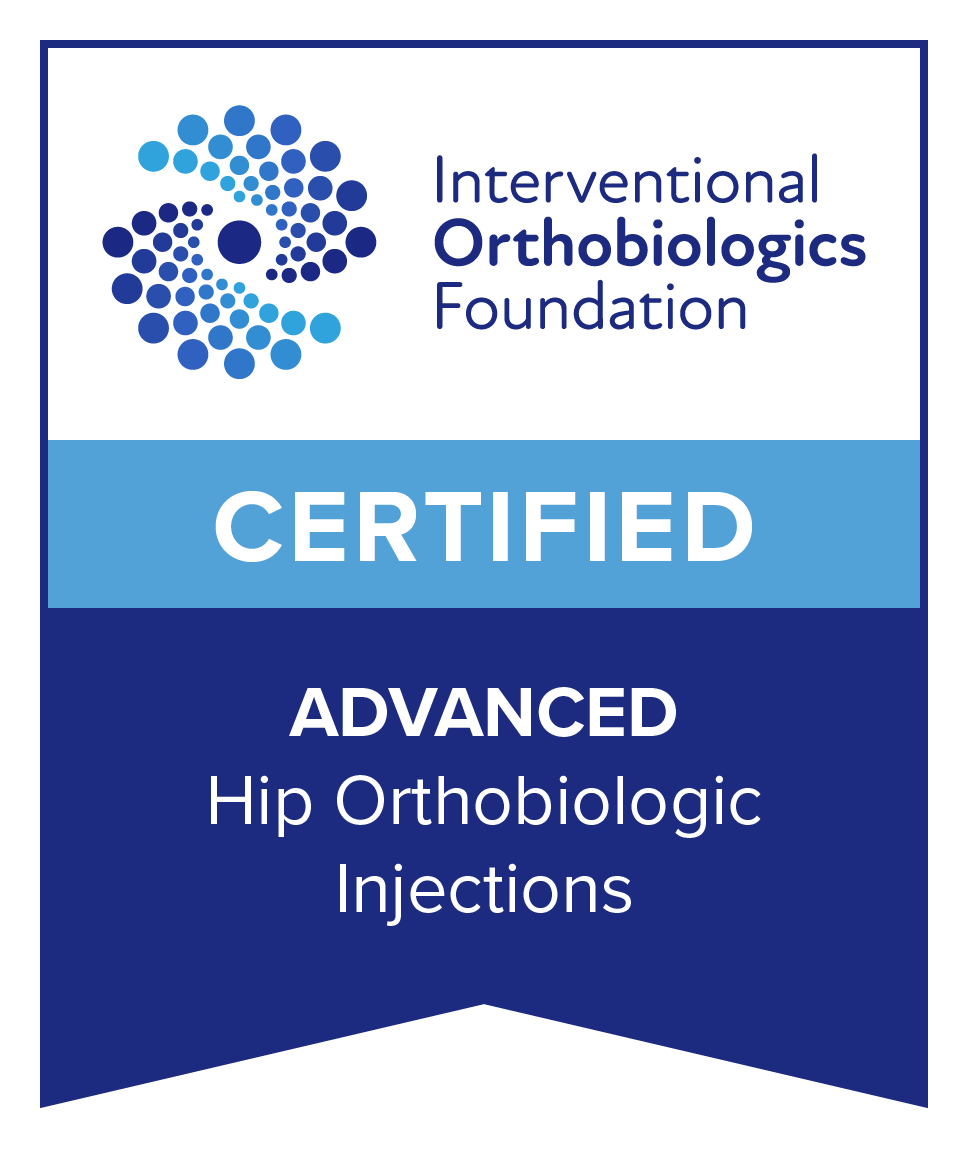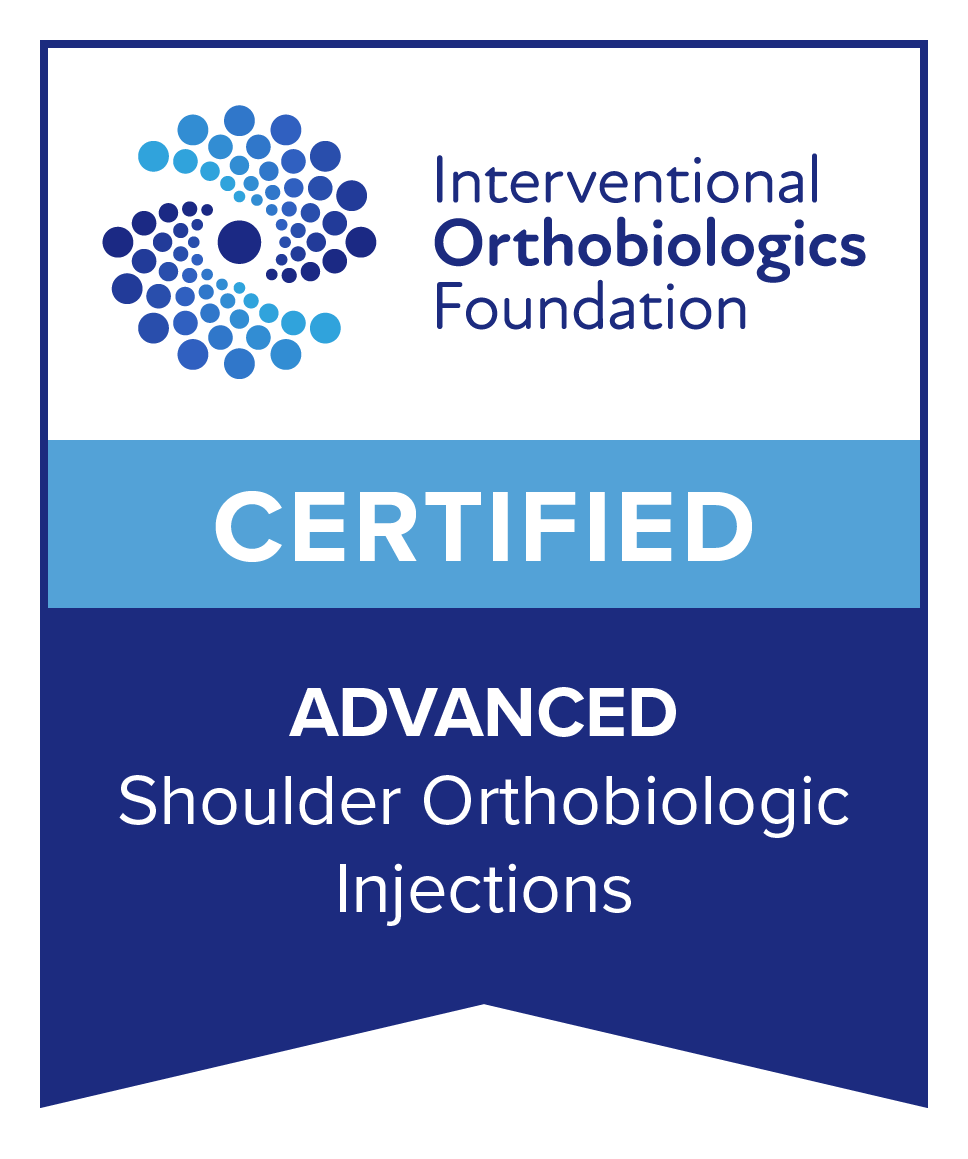Hip Pain Treatment in Pearland, TX
The Best Hip Joint Pain Treatment in Pearland, TX
Discover renewed mobility and freedom from hip pain with Texas Institute of Pain and Spine’s leading-edge hip pain services in Pearland, TX. Dr. Lance LaFleur and our dedicated team are committed to helping you regain your quality of life by addressing the root causes of hip pain. Don’t let discomfort hold you back any longer – take action today. Schedule your consultation to explore our personalized solutions and embark on a journey towards a pain-free, active lifestyle. Your path to relief starts here.
Common Causes of Hip Pain
Hip pain can result from various underlying causes. Some common hip pain causes include:
- Arthritis – Osteoarthritis, rheumatoid arthritis, and other forms of arthritis can cause hip joint inflammation and pain.
- Hip Fractures – A fracture in the hip bone, often due to a fall or trauma, can lead to acute and severe hip pain.
- Tendinitis – Inflammation of the tendons around the hip, such as the iliotibial band or hip flexor tendons, can cause pain and discomfort.
- Bursitis – Inflammation of the bursae (fluid-filled sacs) around the hip joint can result in pain, especially with movement.
- Hip Labral Tear – A tear in the labrum (cartilage ring) that cushions the hip socket can lead to pain and discomfort, often accompanied by clicking or catching sensations.
- Muscle Strains – Overuse or sudden exertion can strain the muscles around the hip, causing pain.
- Hip Impingement – Also known as femoroacetabular impingement (FAI), this condition involves abnormal contact between the hip’s ball and socket joint, leading to pain and potential damage.
- Nerve Compression – Conditions like sciatica or meralgia paresthetica can cause radiating pain that originates in the hip area.
- Herniated Disc – A herniated disc in the lumbar spine can compress nerves, causing hip pain that may be mistaken for a hip problem.
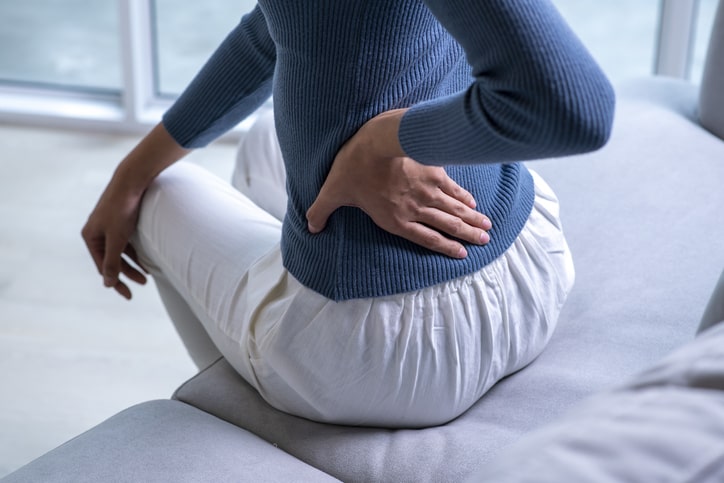
Hip Pain Treatment
Hip pain treatment strategies aim to alleviate discomfort, improve mobility, and address the underlying cause. Conservative approaches often include rest, physical therapy, and non-steroidal anti-inflammatory drugs (NSAIDs) for pain relief. Lifestyle modifications, such as weight management and hip pain exercise, can also play a crucial role in managing chronic hip pain. In cases of severe hip conditions like arthritis or fractures, surgical interventions, including joint replacement or repair, may be necessary to enhance the patient’s overall quality of life and mobility.
How to Prevent Hip Pain
Preventing hip pain involves maintaining good hip joint health and reducing risk factors. Regular exercise, including activities that strengthen the hip and surrounding muscles, can help support the joint and improve flexibility. Maintaining a healthy weight to reduce stress on the hips is essential. Proper posture and body mechanics can also help prevent hip injuries, especially during physical activities. Avoiding overuse or excessive strain on the hips and seeking prompt medical attention for hip discomfort or pain are essential preventive measures. Additionally, wearing appropriate footwear and using proper safety equipment during sports or physical activities can reduce the risk of hip injuries and pain.
Why Choose Texas Institute of Pain and Spine
Choose the Texas Institute of Pain and Spine for expert and compassionate care to address your hip pain. Our dedicated team of experienced specialists offers personalized treatment plans tailored to your unique needs, ensuring the highest quality of care. With state-of-the-art facilities and a commitment to the latest advancements in pain management, we provide effective solutions to bring you hip pain relief and improve your quality of life. Take the first step toward a pain-free future—schedule your consultation with us today. Your well-being is our priority.

